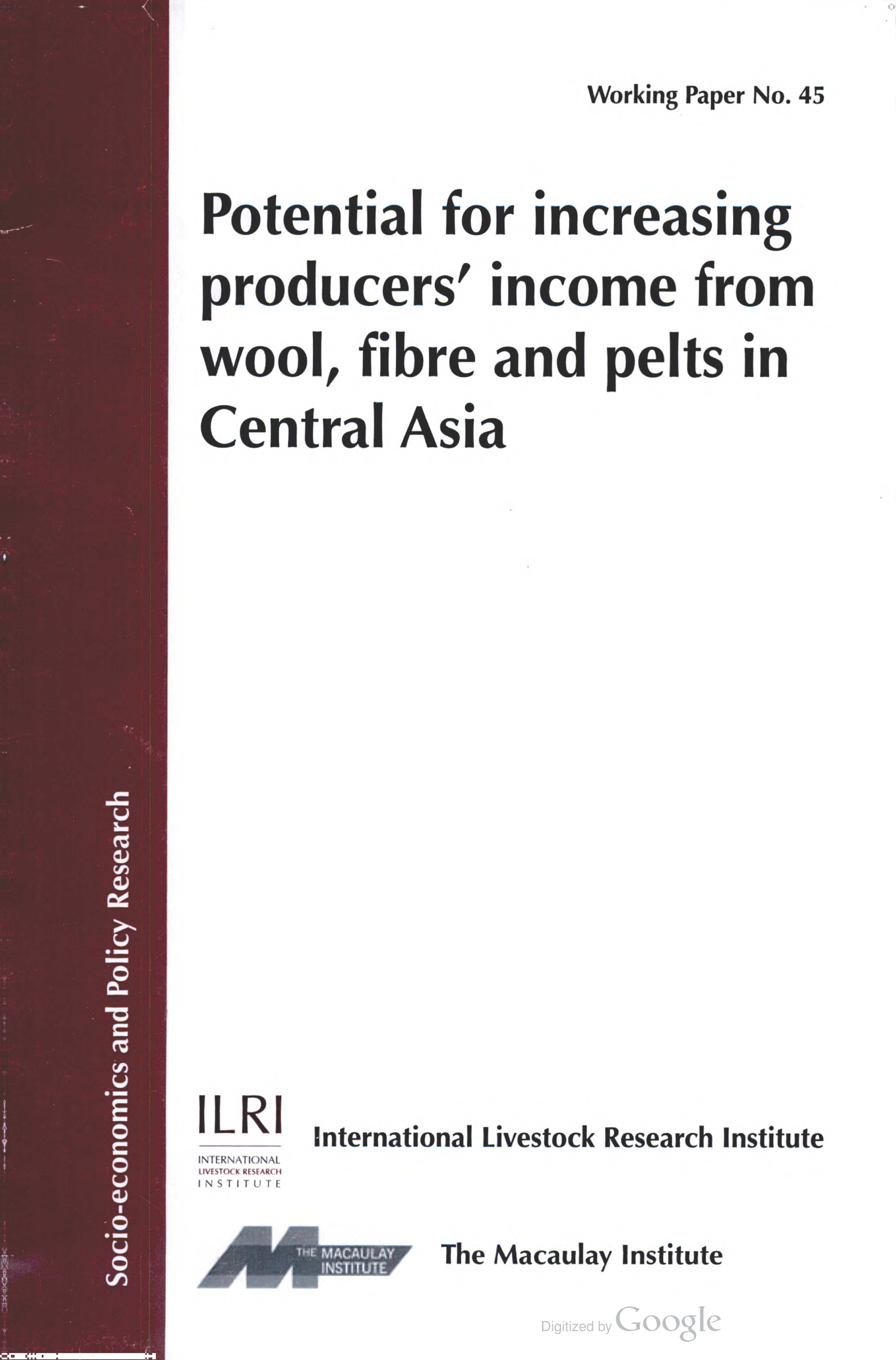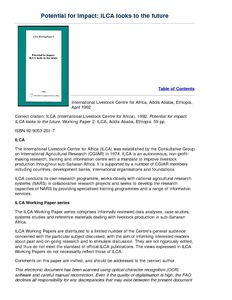Location
Vision, mission and strategy
ILRI's strategy 2013-2022 was approved in December 2012. It emerged from a wide processof consultation and engagement.
ILRI envisions... a world where all people have access to enough food and livelihood options to fulfil their potential.
ILRI’s mission is... to improve food and nutritional security and to reduce poverty in developing countries through research for efficient, safe and sustainable use of livestock—ensuring better lives through livestock.
ILRI’s three strategic objectives are:
- with partners, to develop, test, adapt and promote science-based practices that—being sustainable and scalable—achieve better lives through livestock.
- with partners,to provide compelling scientific evidence in ways that persuade decision-makers—from farms to boardrooms and parliaments—that smarter policies and bigger livestock investments can deliver significant socio-economic, health and environmental dividends to both poor nations and households.
- with partners,to increase capacity among ILRI’s key stakeholders to make better use of livestock science and investments for better lives through livestock.
This is ILRI’s second ten-year strategy. It incorporates a number of changes, many based on learning from the previous strategy (2000–2010, initially produced in 2000 and modified in 2002), an interim strategy (2011–2012) and an assessment of the external and internal environments in which the institute operates.
Members:
Resources
Displaying 1006 - 1010 of 1152Potential for increasing producers' income from wool, fibre and pelts in Central Asia
The systems of livestock production, marketing and research have been profoundly transformed by recent policies in Central Asia since the break up of the Soviet Union. Decollectivisation of state farms has transferred livestock ownership to new private farming units. These receive little or no state support for inputs, or for processing and selling livestock products. Most livestock-keeping families have much-reduced incomes compared to the Soviet period.
Potential for impact: ILCA looks to the future
Presents papers discussing the potential for impacts within ILCA's organisational framework and mandate. The introductory paper raises general issues and poses questions that are pursued in the other papers. These papers address the environmental, economic and social components of impact within the organisation. Case studies on ILCA's research on tenure policy and alley farming, forage legumes, animal traction, milk processing, hay making and studies on pricing policies, technology generation and ILCA's research networks are presented in the papers.
Potential environmental impacts
As the problems of impact assessement are rather intractable, a fairly simple dual approach is proposed. First the major components of environmental impact of current agricultural production systems in Africa (i.e. impact of cropping, livestock keeping, fuelwood and timber extraction and burning) are summarised. Second, "danger zones" in which current and future environmental impacts will be most severe and on which ILCA has focused its problem solving-research is identified.
Research priorities for the development of appropriate feeding systems for dairy production in sub-Saharan Africa
Inadequate feed supplies remain a major constraint to sustainable cattle production in general, and milk production in particular, in smallholder production systems throughout sub-Saharan Africa. In the emerging peri-urban dairy production systems in West and central Africa, for example, poor development of feed resources has invariably resulted in milk production being sustained at comparatively high feed costs, thus reducing the competitiveness of locally produced milk.
Review of dairy marketing and processing in a semi-arid pastoral system in Ethiopia
Studies were conducted among pastoralists on the Borana Plateau in 1986-89. Household surveys described seasonal milk production and allocation, marketed supply of dairy products, incidence of calf morbidity and mortality and human consumption of dairy products and grain. The efficiency of butter-making was measured. Dairying among the Borana is controlled by the women. Overall, 69 percent of milk produced was used as fresh milk and the remainder was soured for direct consumption or butter processing.





